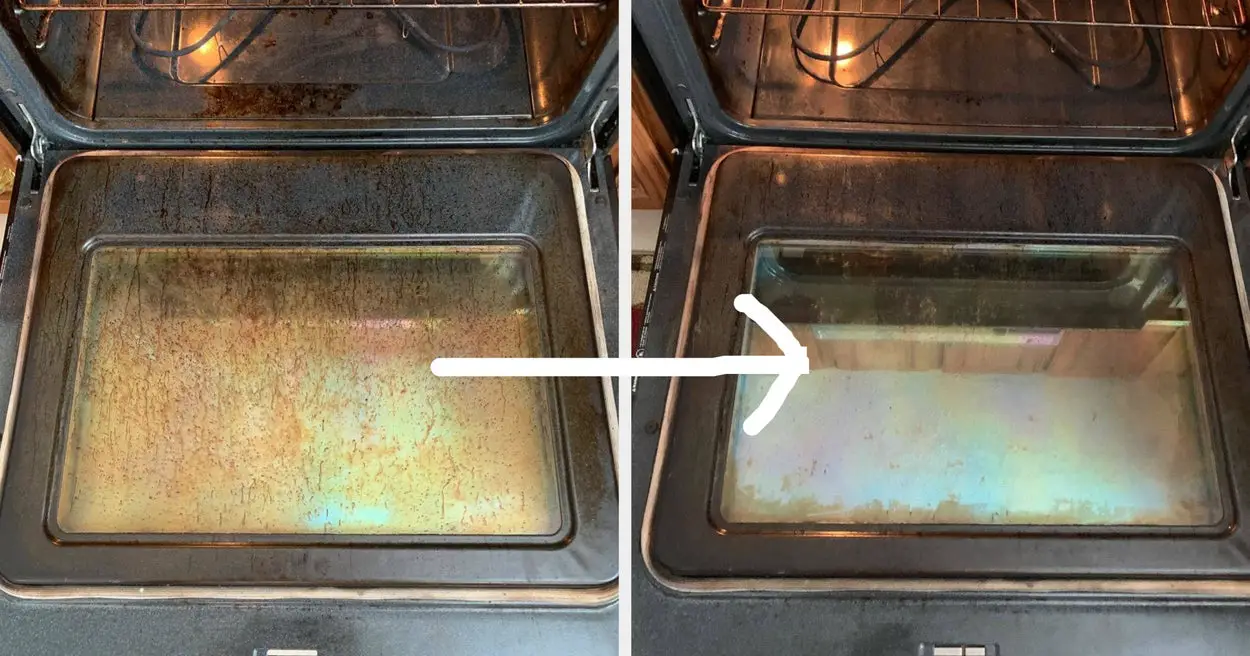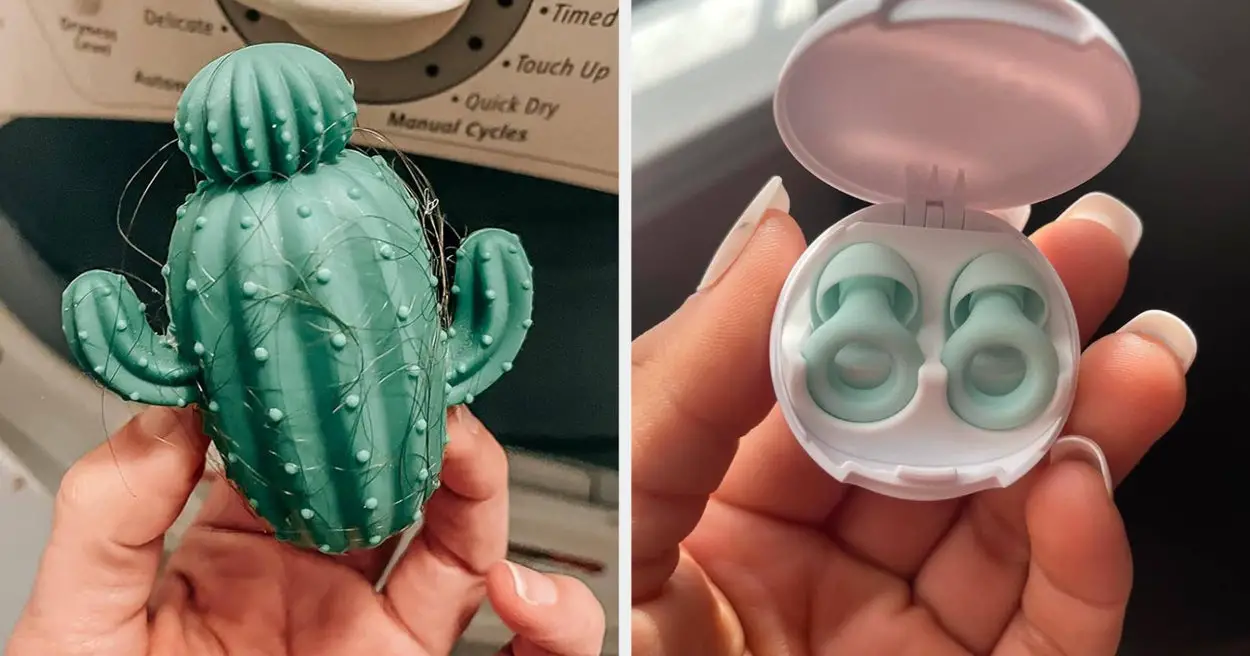The food delivery industry has witnessed significant growth in recent years, driven by the increasing demand for convenient and quick meal options. With the advent of food delivery apps in the USA or other countries, customers now have access to a wide range of cuisines from their favorite restaurants, all at their fingertips.
Technology has emerged as a major factor in the ease and efficiency of the food sector, which is constantly changing. With only a few taps on their smartphones, customers can easily order meals from their preferred eateries thanks to the game-changing rise of food delivery applications. One of the most important things to think about when establishing a meal delivery app is the expense of doing so.
The process of developing a food delivery app is complex and encompasses several steps, including conceptualization, design, development, testing, and deployment. Each stage calls for qualified personnel, technological resources, and time expenditures, all of which add to the ultimate cost.
This article will explore the costs associated with each factor that affects the price of developing a food delivery app. Understanding the cost factors can help you make informed decisions and efficiently plan your budget, from the complexity of features and functionalities to the choice of the technology stack and the team involved. Let’s investigate the main elements that influence the cost of developing your food delivery app idea.
Factors Affecting Food Delivery App Development Cost
There are several aspects involved in developing a meal delivery app, all of which add to the overall development cost. In order to efficiently plan their budget, business owners and app developers must understand these elements. Let’s examine the main elements that affect the price of creating a food delivery app and how the price is determined based on these elements.
App Complexity
The complexity of the app has a big impact on how much it costs to develop a food delivery app. Simple software with fundamental functions, clear procedures, and few integrations will typically be less expensive than a complicated app with sophisticated functionalities.
User registration, menu management, search, and filtering options, order placing and tracking, payment processing, ratings and reviews, real-time notifications, and customer assistance capabilities are all elements that add to the complexity of an app.
Features and Functionality:
The number and complexity of features that users want in a food delivery app directly affect the app development cost. Every extra function, such as social media integration, rewards programs, referral systems, in-app chat, or language support, raises the cost of the app and its complexity.
To estimate the amount of time and resources needed for development and to calculate the overall cost, app developers analyze the breadth and complexity of the features that customers have requested.
Platform Selection:
The cost of development depends on the platform(s) chosen for the app, such as iOS, Android, or both. Compared to a single-platform app, developing for multiple platforms typically takes more time and effort. Depending on each platform’s market share and development ecosystem, the price may change. In order to generate cost estimates depending on the chosen platform(s), app developers take into account the target demographic, market trends, and client preferences.
Design Requirements:
The price of developing meal delivery software is also influenced by its design components. Additional design work is needed to tailor the app’s user interface (UI) and user experience (UX) to match the brand’s personality and user preferences.
Design considerations include producing aesthetically pleasing user interfaces, optimizing for various screen sizes, guaranteeing simple navigation, and providing a captivating user experience. When evaluating the development cost, app developers take the complexity and scope of the design requirements into account.
Development Cost Breakdown
Backend Development
The backend infrastructure, which includes server configuration, database administration, and API integration, is essential for the app’s functionality. Backend development expenses can often range from $15,000 to $40,000 or more, depending on the project’s size and the hourly rates of the development team.
In order to do this, server-side logic must be created, databases must be managed to retain user data, APIs must be integrated for third-party services and payment processing, and data security must be maintained.
Frontend Development
The user interface (UI) and user experience (UX) design components are the main focus of the front end of a meal delivery app. This entails creating interfaces with appealing visuals, clear navigation, fluid user interactions, and adaptable layouts that adapt to various devices and screen sizes.
The complexity of the UI/UX design, the number of displays, the necessity for bespoke animations or images, and the degree of interactivity all affect how much money is spent on developing the front-end. Depending on the needs and design complexity of the app, front-end development expenses can range from $10,000 to $30,000 or more.
Third-Party Integrations
Food delivery apps frequently interact with outside services including SMS services for order updates, push notification systems, payment gateways, and location services (for tracking and mapping).
Depending on the quantity, complexity, and APIs used, the price of third-party integrations can range from $5,000 to $20,000 or more. Payment gateways, mapping services, push notifications, SMS or email services, and analytics tools are examples of common integrations.
Testing and Quality Assurance
To guarantee a seamless user experience and a bug-free operation of the software, thorough testing is necessary. Functional testing, performance testing, security testing, and user acceptance testing are all types of testing activities.
The extent of the testing, the number of devices and platforms to test on, and the necessary testing methodology all affect the cost concerns for testing and quality assurance. Before the software is released, quality assurance operations help find and fix any problems, providing a high-quality final product.
Depending on the size and complexity of the app, testing, and quality assurance can cost anywhere from $5,000 to $15,000 or more. This expense covers both manual and automated testing, issue fixes, performance enhancement, and maintaining industry compliance.
Maintenance and Updates
After the app has been created and released, continuing support and maintenance are required to keep it operating properly. Bug fixes, compatibility problems with OS updates, and the implementation of feature improvements based on user feedback are all included in this. The price of upkeep and updates might change based on how frequently and intricately they must be updated, as well as how much-continuing assistance is required.
The normal annual maintenance cost ranges from 15% to 25% of the initial development cost. For instance, if you spent $100,000 developing your software, your annual maintenance expenditures may range from $15,000 to $25,000. This price covers support services, feature upgrades, bug fixes, security updates, and server maintenance.
Conclusion
Developing a food delivery app requires careful planning, robust development, and continuous maintenance to meet the high expectations of users. The cost of creating a food delivery app varies based on several factors, including app complexity, platform selection, and desired features.
By considering these factors and partnering with an experienced app development team, entrepreneurs can embark on their food delivery app journey with a clear understanding of the investment required. Ultimately, the successful development and launch of a feature-rich and user-friendly food delivery app can pave the way for a profitable business venture in the booming food delivery industry.
Source link










Leave a Reply